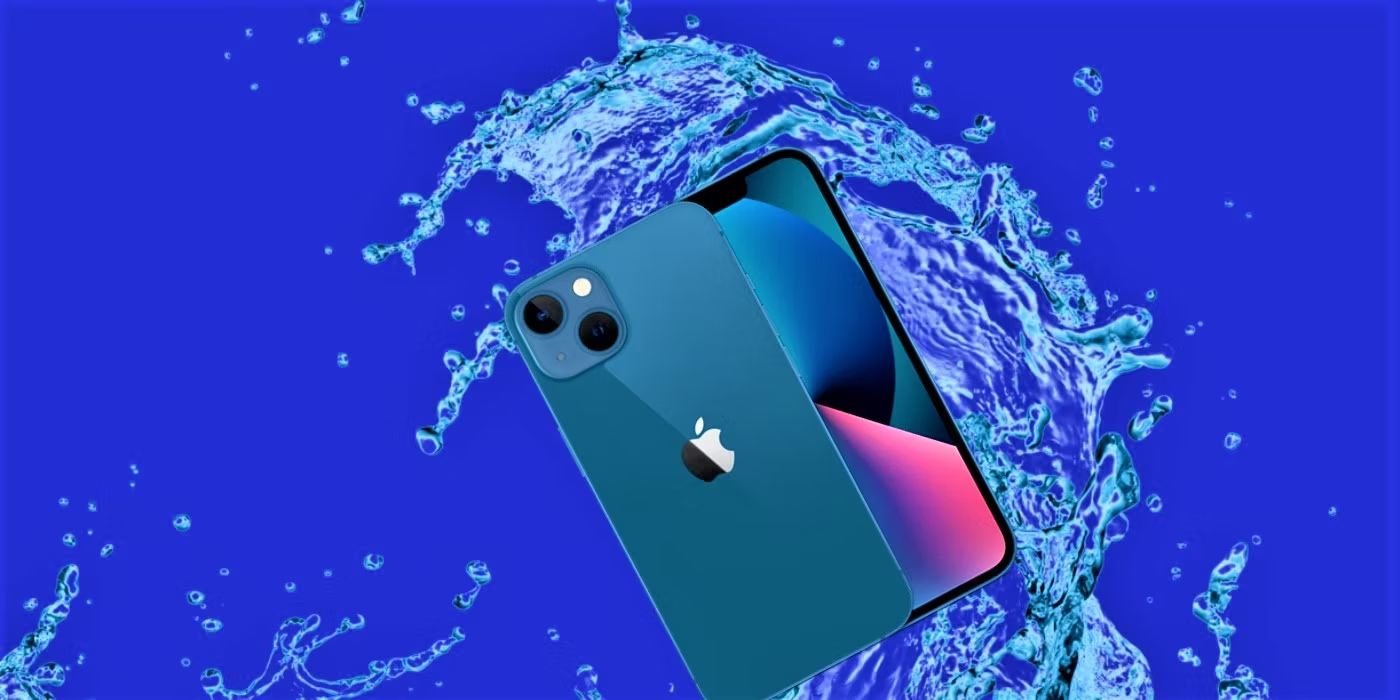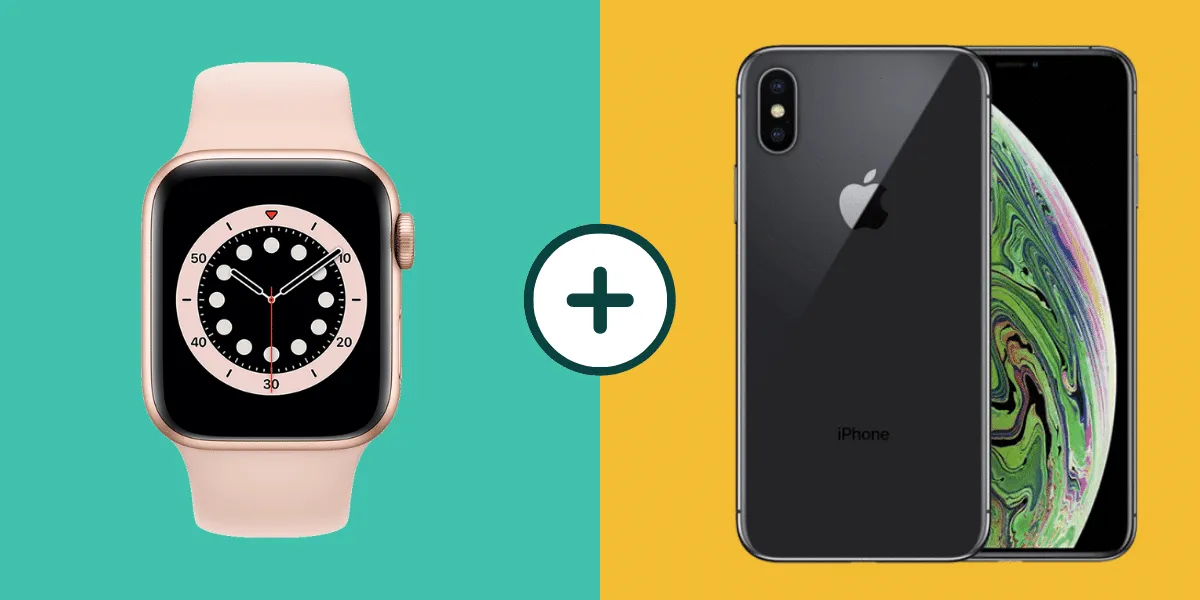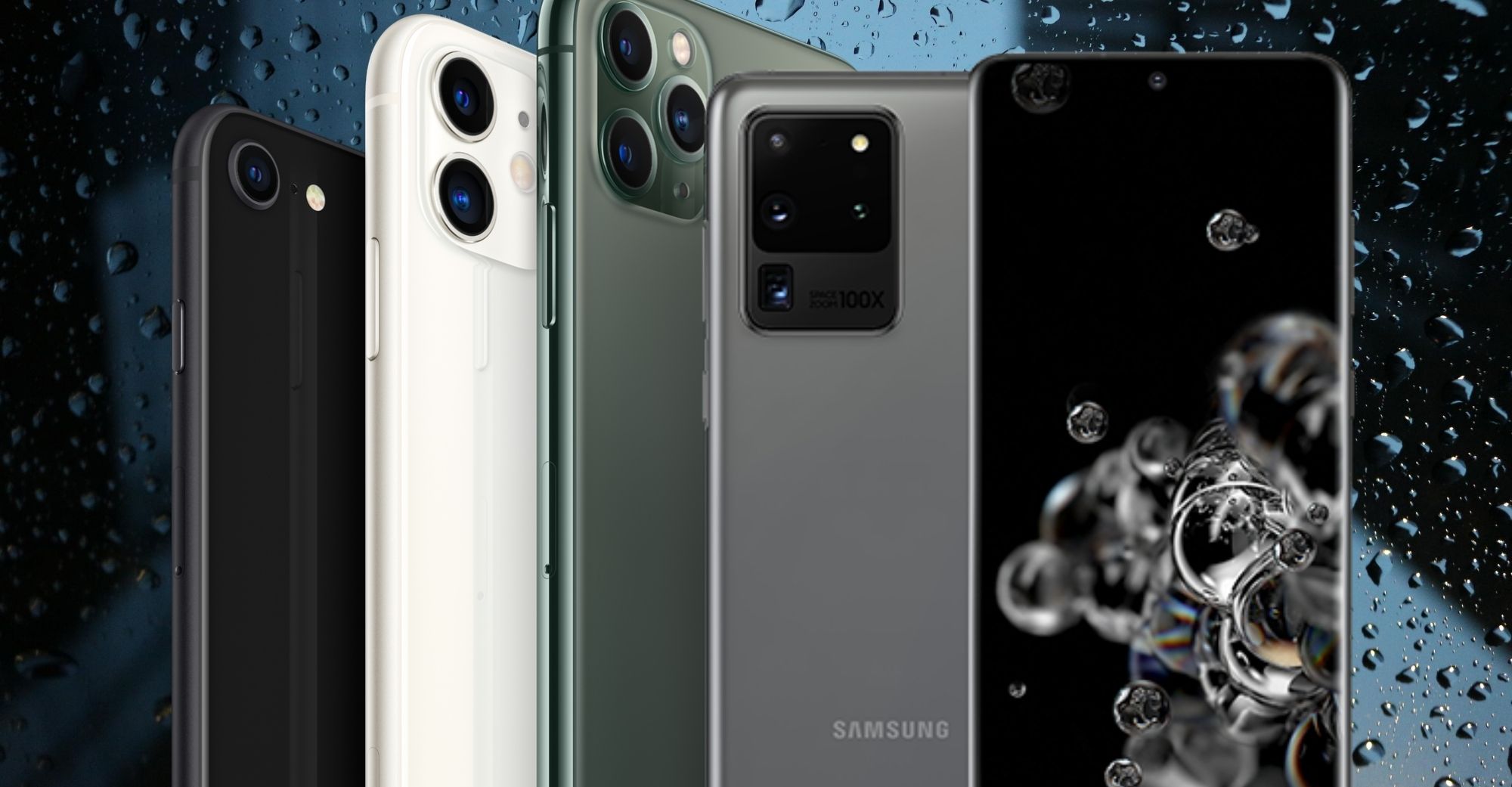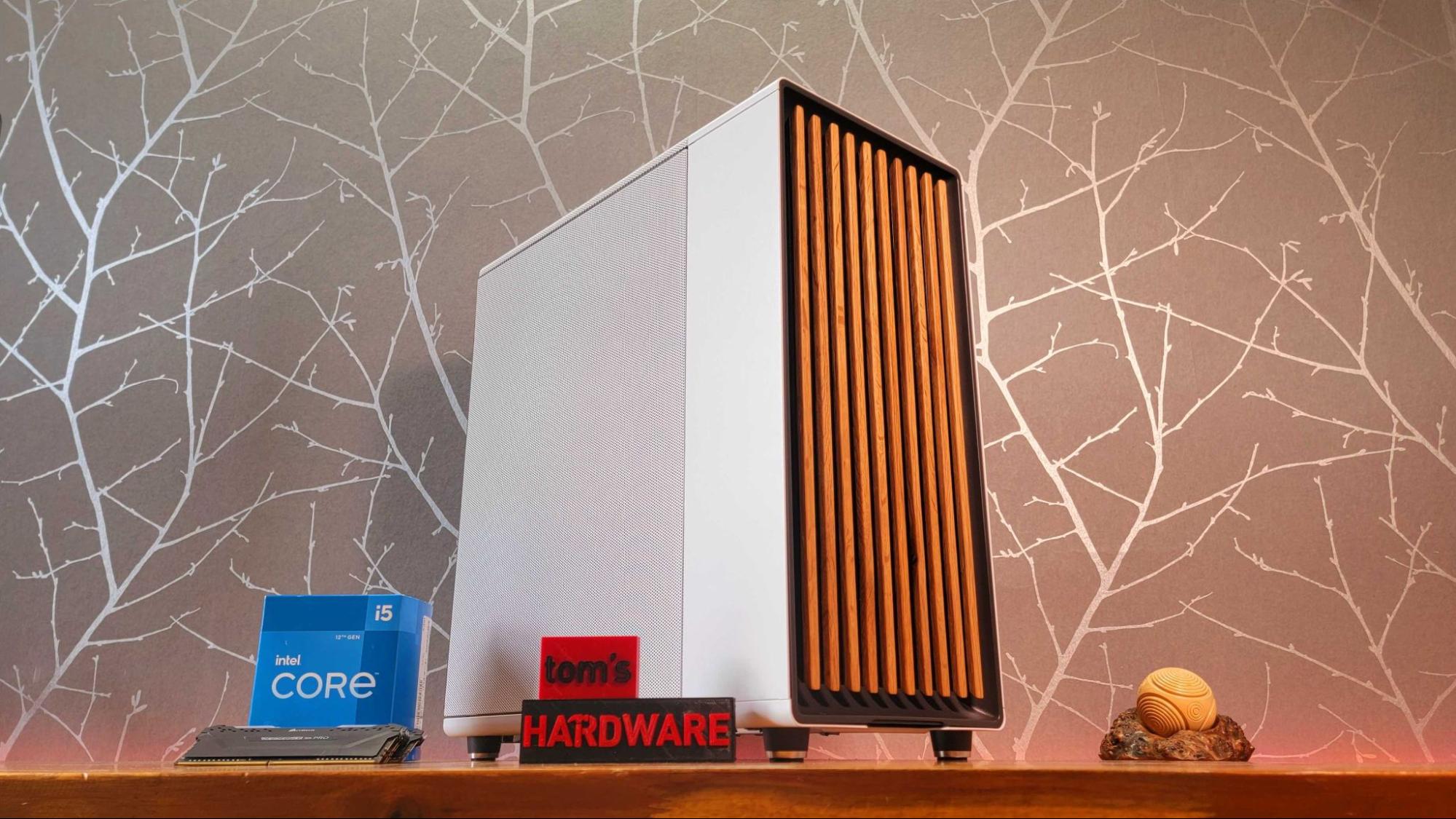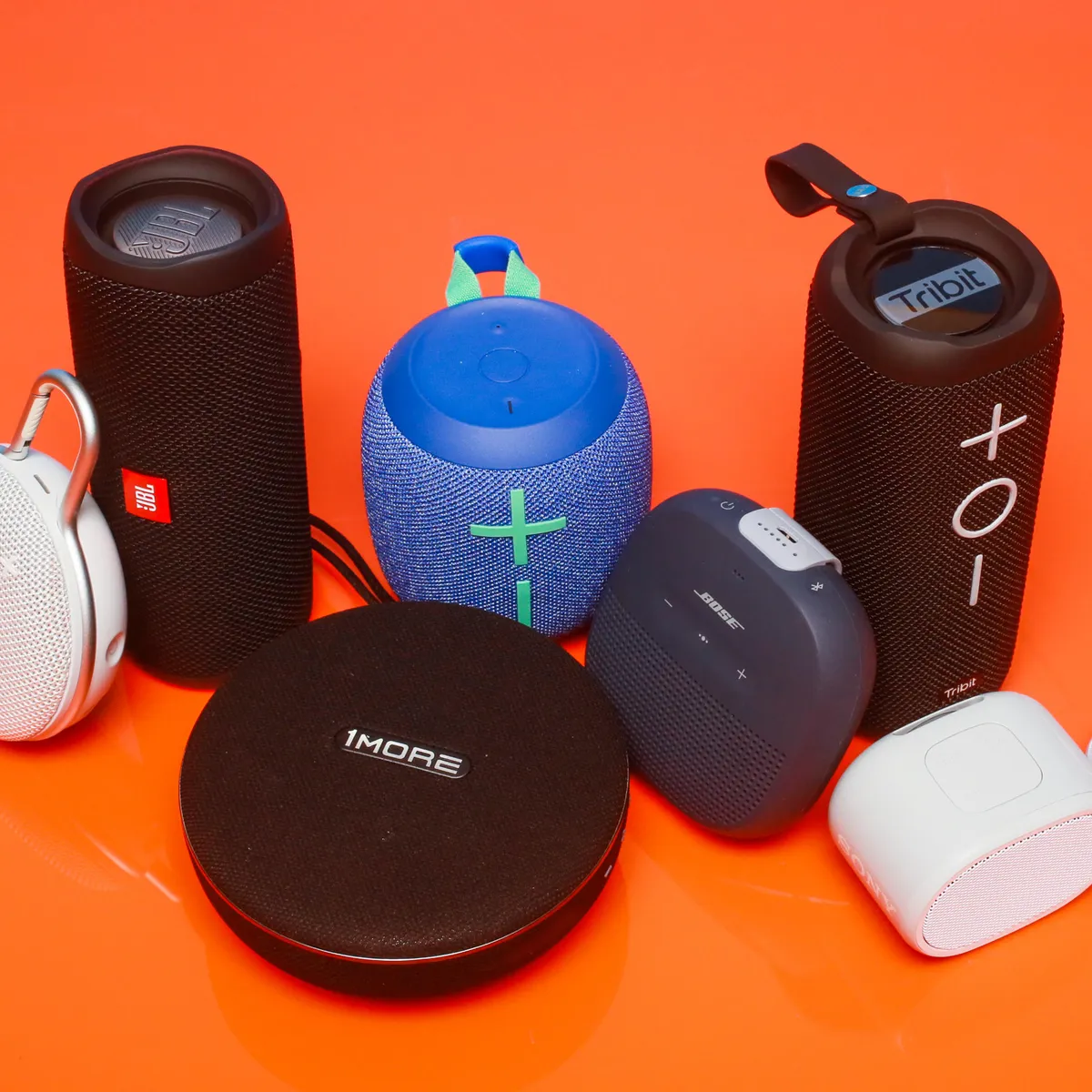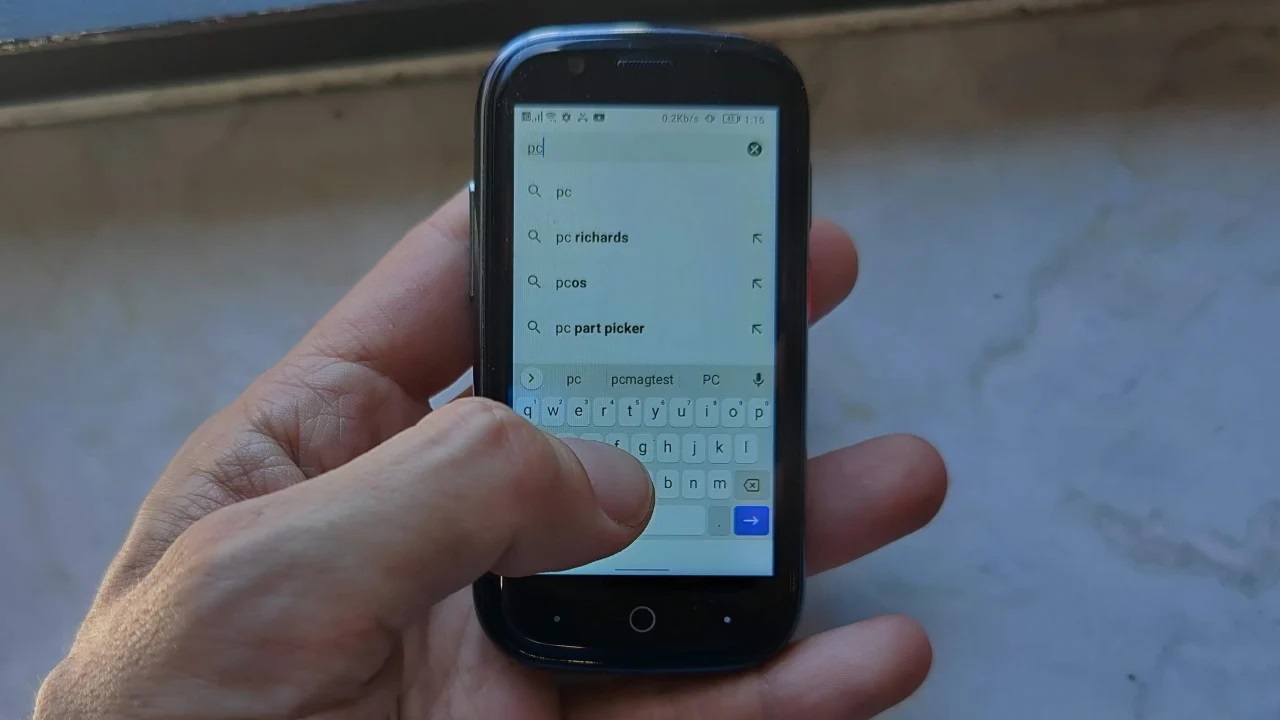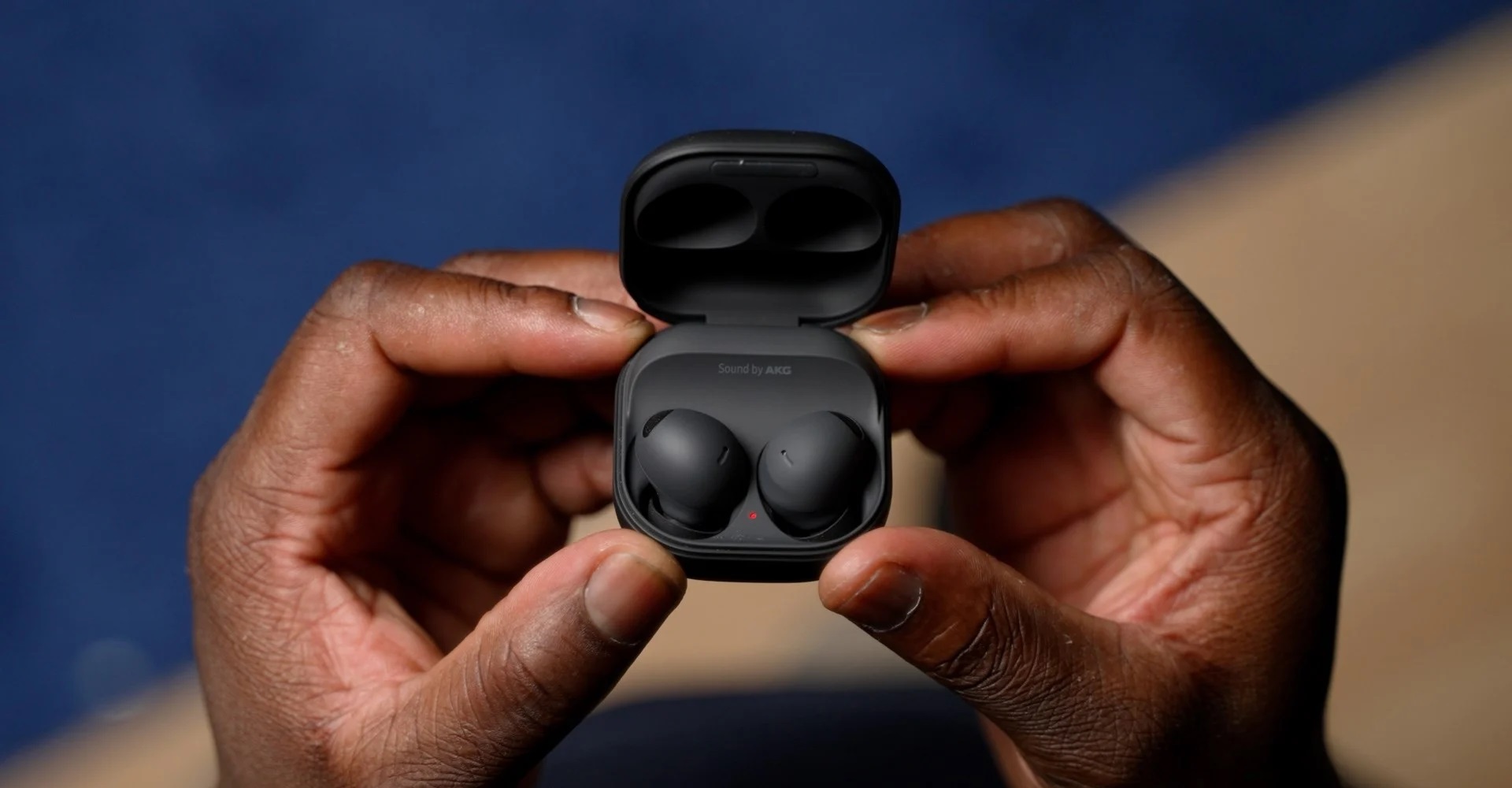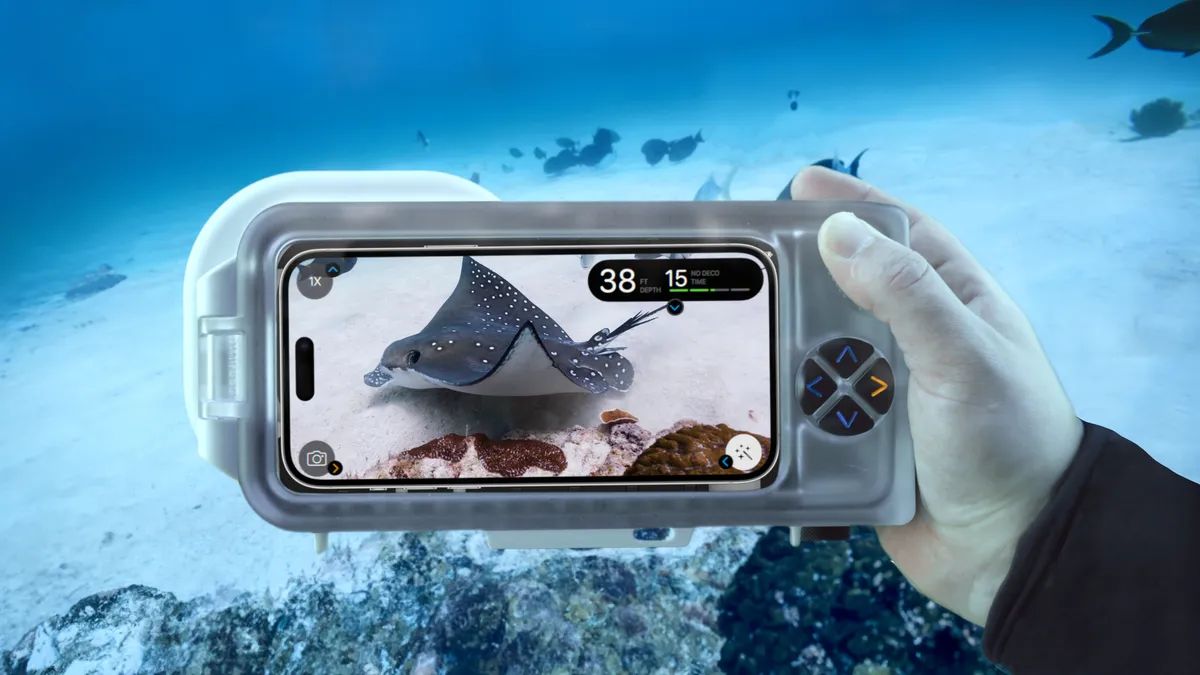Introduction
When it comes to smartphones, the iPhone 13 Mini stands out as a compact powerhouse, boasting impressive features in a pocket-sized design. One of the noteworthy attributes of this device is its water resistance, which provides users with peace of mind in various everyday scenarios. In this article, we will delve into the water resistance of the iPhone 13 Mini, exploring its capabilities, testing procedures, and tips for maintaining this crucial aspect of the device.
The ability of a smartphone to withstand water exposure has become increasingly important in our modern, on-the-go lifestyles. Whether caught in a sudden downpour, accidentally spilling a drink, or simply using the phone in humid environments, having a device that can withstand water ingress is a significant advantage. The iPhone 13 Mini, with its IP68 water resistance rating, offers users a level of protection against water and dust that aligns with the demands of today's dynamic lifestyles.
Understanding the intricacies of IP ratings, the specific water resistance capabilities of the iPhone 13 Mini, and the practical implications of this feature can empower users to make informed decisions about their device usage. Additionally, gaining insights into the testing procedures used to validate water resistance and learning essential tips for maintaining this feature can help users maximize the longevity and reliability of their iPhone 13 Mini.
As we embark on this exploration of the iPhone 13 Mini's water resistance, it's essential to recognize the significance of this feature in enhancing the overall user experience. By understanding the technology behind the device's water resistance, users can confidently integrate their iPhone 13 Mini into various aspects of their lives, knowing that it can withstand the occasional encounter with water without compromising its functionality.
Understanding IP Ratings
In the realm of consumer electronics, particularly smartphones, the ingress protection (IP) rating system serves as a vital indicator of a device's resilience against external elements such as dust and water. The IP rating comprises two digits, with each digit conveying specific information about the device's level of protection.
The first digit in the IP rating pertains to the device's resistance to solid particles, including dust and debris. A rating of 0 signifies no protection against solids, while a rating of 6 indicates complete protection against dust, ensuring that no ingress of dust particles can occur. For instance, a smartphone with a rating of 6 in the first digit is effectively dust-tight, making it highly suitable for use in dusty environments without compromising its functionality.
The second digit in the IP rating pertains to the device's resistance to water. This digit ranges from 0 to 9, with each value signifying varying degrees of water resistance. For example, a rating of 0 denotes no protection against water, while a rating of 8 signifies that the device can withstand continuous immersion in water under specified conditions. In the context of smartphones, a higher second digit in the IP rating implies a greater level of protection against water ingress, making the device more resilient in wet environments.
When considering the water resistance of a smartphone, such as the iPhone 13 Mini, it's essential to pay close attention to the second digit in the IP rating. In the case of the iPhone 13 Mini, its impressive IP68 rating indicates a high level of water resistance, allowing the device to withstand submersion in water up to a specified depth for a certain duration. This level of water resistance empowers users to use their iPhone 13 Mini with confidence, knowing that it can endure exposure to water in various daily scenarios.
By comprehending the significance of IP ratings and their impact on a device's resilience against external elements, users can make informed decisions about the suitability of a smartphone for their specific needs. In the case of the iPhone 13 Mini, its robust IP68 rating underscores its ability to withstand water exposure, aligning with the demands of modern lifestyles where unpredictable encounters with water are a common occurrence.
Understanding the intricacies of IP ratings not only enhances users' awareness of a device's capabilities but also enables them to leverage these features effectively, integrating their smartphones into diverse environments without compromising performance or longevity. This knowledge empowers users to embrace the full potential of their iPhone 13 Mini, knowing that its water resistance is a reliable and integral aspect of its design.
Water Resistance of iPhone 13 Mini
The iPhone 13 Mini, a compact marvel in Apple's smartphone lineup, boasts an impressive water resistance feature that sets it apart in the realm of portable technology. With an IP68 rating, the iPhone 13 Mini is designed to withstand water exposure, providing users with a sense of security and reliability in various everyday scenarios.
The IP68 rating of the iPhone 13 Mini signifies its exceptional ability to resist water ingress. This rating indicates that the device can withstand immersion in water up to a specified depth for a defined duration, ensuring that it remains operational even after being exposed to water. This level of water resistance empowers users to utilize their iPhone 13 Mini in environments where water exposure is a possibility, such as during outdoor activities, in humid conditions, or in the midst of unexpected rainfall.
The robust water resistance of the iPhone 13 Mini extends its utility beyond typical smartphone usage. Users can confidently carry their device during outdoor adventures, including hiking, camping, or beach outings, without the constant worry of water damage. Moreover, the device's water resistance feature enhances its suitability for individuals with active lifestyles, as it can withstand the rigors of physical activities and outdoor pursuits without compromising functionality.
The practical implications of the iPhone 13 Mini's water resistance are evident in everyday scenarios as well. Users can comfortably use their device in environments where water exposure is a common occurrence, such as in the kitchen, by the pool, or during recreational water-based activities. This level of resilience ensures that the iPhone 13 Mini remains operational, even if it encounters accidental spills or brief submersion in water.
The water resistance of the iPhone 13 Mini aligns with the dynamic nature of modern lifestyles, where smartphones have become indispensable companions in a wide range of activities. Whether capturing memorable moments in challenging outdoor conditions or simply navigating through the unpredictability of daily life, the iPhone 13 Mini's water resistance offers users a valuable layer of protection, allowing them to integrate their device seamlessly into various aspects of their lives.
In essence, the water resistance of the iPhone 13 Mini represents a significant enhancement to the overall user experience, providing peace of mind and reliability in the face of potential water exposure. This feature underscores the device's versatility and durability, making it a compelling choice for individuals seeking a compact yet resilient smartphone that can withstand the demands of modern, active lifestyles.
Testing Water Resistance
The water resistance of the iPhone 13 Mini is not merely a claim but a rigorously tested feature that has undergone meticulous evaluation to ensure its reliability in real-world scenarios. Apple employs a comprehensive testing process to validate the water resistance of its devices, including the iPhone 13 Mini, adhering to stringent standards to deliver a product that meets the expectations of modern consumers.
The testing of water resistance involves subjecting the iPhone 13 Mini to simulated environmental conditions that mimic potential water exposure in everyday use. This process encompasses exposing the device to varying water depths and durations, replicating scenarios such as accidental spills, splashes, and immersion in water. By subjecting the device to these controlled conditions, Apple can ascertain its ability to withstand water ingress and maintain functionality under challenging circumstances.
Furthermore, specialized equipment is utilized to assess the iPhone 13 Mini's resilience against water, ensuring that the device remains operational even after exposure to water. This meticulous testing process involves evaluating the device's performance, including its touchscreen responsiveness, audio output, camera functionality, and overall operational capabilities, following exposure to water. By conducting these comprehensive assessments, Apple can verify that the iPhone 13 Mini maintains its functionality and performance standards, even in the presence of water.
In addition to controlled laboratory testing, the water resistance of the iPhone 13 Mini is validated through real-world simulations that replicate common scenarios where the device may encounter water. This approach enables Apple to assess the device's resilience in practical situations, providing valuable insights into its performance when exposed to elements such as rain, humidity, and accidental water contact in everyday environments.
By subjecting the iPhone 13 Mini to a combination of controlled laboratory tests and real-world simulations, Apple ensures that the device meets the stringent criteria for water resistance, providing users with a reliable and durable smartphone that can withstand water exposure without compromising its functionality. This meticulous testing process underscores Apple's commitment to delivering products that align with the evolving needs of consumers, offering a level of assurance and reliability that enhances the overall user experience.
In essence, the testing of water resistance for the iPhone 13 Mini encompasses a multifaceted approach that combines controlled laboratory evaluations with real-world simulations, culminating in a device that exemplifies resilience and reliability in the face of potential water exposure. This thorough testing process reinforces the iPhone 13 Mini's position as a compact yet robust smartphone, equipped to thrive in diverse environments and accompany users through the unpredictable elements of daily life.
Tips for Maintaining Water Resistance
Maintaining the water resistance of the iPhone 13 Mini is essential to ensure that the device continues to withstand potential water exposure and operate reliably in various environments. By incorporating simple yet effective practices into your device care routine, you can prolong the water resistance of your iPhone 13 Mini and maximize its durability. Here are valuable tips for maintaining the water resistance of your iPhone 13 Mini:
-
Use a Protective Case: Investing in a high-quality protective case designed for water resistance can provide an additional layer of safeguarding for your iPhone 13 Mini. Look for cases that offer reliable water resistance without compromising access to essential features and ports.
-
Avoid Exposure to Harsh Chemicals: Limit the exposure of your iPhone 13 Mini to harsh chemicals, such as detergents, solvents, and cleaning agents. These substances can compromise the water resistance seals and gaskets of the device, potentially reducing its ability to withstand water ingress.
-
Regularly Inspect Seals and Gaskets: Periodically inspect the seals and gaskets of your iPhone 13 Mini, paying close attention to the areas around the charging port, speakers, and buttons. Ensure that these components are free from debris and damage, as they play a crucial role in maintaining the device's water resistance.
-
Avoid Extreme Temperature Variations: Exposing your iPhone 13 Mini to extreme temperature differentials, such as sudden and drastic changes from hot to cold environments, can impact its water resistance. Minimize prolonged exposure to extreme temperatures to preserve the device's resilience against water.
-
Wipe Dry After Water Exposure: If your iPhone 13 Mini comes into contact with water, promptly and gently dry the device using a soft, lint-free cloth. Pay attention to the charging port and speaker areas, ensuring that any residual moisture is carefully removed to prevent potential ingress.
-
Avoid Submerging in Water: While the iPhone 13 Mini is designed to withstand water exposure, it is advisable to avoid deliberate submersion in water for extended periods. Limiting the device's exposure to prolonged submersion can help maintain its water resistance over time.
-
Regular Software Updates: Keeping your iPhone 13 Mini up to date with the latest software updates from Apple is crucial for maintaining its overall performance and resilience, including water resistance features. Regular updates can address potential vulnerabilities and optimize the device's functionality.
By incorporating these tips into your device care routine, you can preserve the water resistance of your iPhone 13 Mini, ensuring that it remains reliable and resilient in the face of potential water exposure. These simple yet effective practices can prolong the longevity of your device's water resistance, empowering you to confidently integrate your iPhone 13 Mini into various aspects of your daily life without compromising its functionality.
Conclusion
In conclusion, the water resistance of the iPhone 13 Mini represents a pivotal aspect of its design, offering users a reliable and resilient smartphone that can withstand the challenges of modern, dynamic lifestyles. With an impressive IP68 rating, the iPhone 13 Mini exemplifies Apple's commitment to delivering a device that can thrive in diverse environments, including those where water exposure is a common occurrence.
The robust water resistance of the iPhone 13 Mini extends beyond a mere feature, becoming an integral component that enhances the overall user experience. It empowers users to seamlessly integrate their devices into various aspects of their lives, from capturing memorable moments in challenging outdoor conditions to navigating through the unpredictability of daily activities without the constant worry of water damage.
Furthermore, the meticulous testing process employed by Apple to validate the water resistance of the iPhone 13 Mini underscores the company's dedication to delivering products that meet stringent quality standards. By subjecting the device to controlled laboratory evaluations and real-world simulations, Apple ensures that the iPhone 13 Mini remains operational and reliable, even when exposed to water.
Moreover, the practical implications of the iPhone 13 Mini's water resistance are far-reaching, catering to individuals with active lifestyles, outdoor enthusiasts, and everyday users seeking a smartphone that can adapt to diverse environments. The device's ability to withstand water exposure in scenarios such as accidental spills, splashes, and brief immersion provides users with peace of mind, knowing that their iPhone 13 Mini can endure the challenges of everyday life.
By adhering to simple yet effective maintenance practices, users can prolong the water resistance of their iPhone 13 Mini, maximizing its durability and longevity. These practices, including using protective cases, avoiding exposure to harsh chemicals, and regularly inspecting seals and gaskets, empower users to preserve the device's water resistance and ensure its continued reliability.
In essence, the water resistance of the iPhone 13 Mini embodies a harmonious blend of innovation, resilience, and practicality, making it a compelling choice for individuals seeking a compact yet robust smartphone. As technology continues to evolve, the iPhone 13 Mini stands as a testament to Apple's commitment to delivering devices that not only meet the demands of modern lifestyles but also enhance the overall user experience through reliability, durability, and adaptability.







